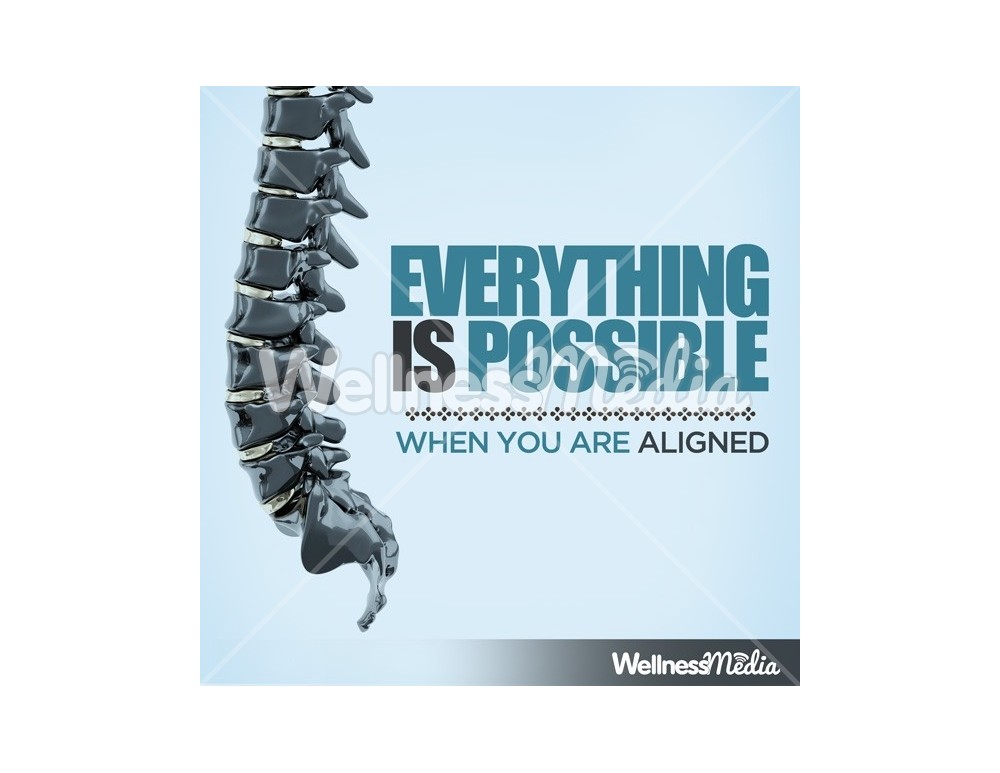Face Pain In The Back By Uncovering The Everyday Actions That May Be Bring About It; Simple Changes Can Promote A Life Free From Discomfort
Face Pain In The Back By Uncovering The Everyday Actions That May Be Bring About It; Simple Changes Can Promote A Life Free From Discomfort
Blog Article
Content By-Bates Vogel
Maintaining correct stance and avoiding typical challenges in daily activities can significantly impact your back health. From just how you sit at your desk to how you lift hefty things, tiny adjustments can make a big distinction. Picture a day without the nagging pain in the back that impedes your every move; the solution could be less complex than you assume. By making a few tweaks to your everyday routines, you could be on your means to a pain-free existence.
Poor Pose and Sedentary Lifestyle
Poor position and a less active way of life are two significant factors to back pain. When you slouch or inkling over while resting or standing, you placed unnecessary stress on your back muscle mass and spinal column. This can bring about muscle mass inequalities, stress, and eventually, persistent neck and back pain. Furthermore, sitting for extended periods without breaks or physical activity can weaken your back muscles and cause stiffness and discomfort.
To fight poor posture, make an aware effort to rest and stand straight with your shoulders back and lined up with your ears. Bear in mind to maintain your feet flat on the ground and avoid crossing your legs for prolonged periods.
Integrating regular extending and reinforcing exercises right into your everyday regimen can also help boost your pose and reduce neck and back pain associated with a less active lifestyle.
Incorrect Lifting Techniques
Incorrect lifting techniques can considerably add to back pain and injuries. When you raise heavy items, remember to bend your knees and utilize your legs to lift, as opposed to relying on your back muscles. Stay clear of turning your body while training and keep the object close to your body to lower strain on your back. It's vital to keep a straight back and avoid rounding your shoulders while lifting to avoid unnecessary stress on your back.
Constantly assess the weight of the things prior to raising it. If it's as well hefty, ask for aid or use devices like a dolly or cart to carry it securely.
Bear in mind to take breaks during lifting jobs to provide your back muscular tissues an opportunity to rest and stop overexertion. By applying correct lifting strategies, you can protect against pain in the back and decrease the danger of injuries, guaranteeing your back remains healthy and balanced and strong for the long term.
Lack of Normal Workout and Stretching
A less active way of living without normal exercise and extending can considerably contribute to neck and back pain and pain. When you do not participate in physical activity, your muscle mass end up being weak and stringent, causing bad stance and increased stress on your back. visit the up coming website reinforce the muscular tissues that sustain your back, improving stability and reducing the danger of pain in the back. Including stretching into your regimen can likewise improve adaptability, stopping tightness and pain in your back muscles.
To avoid back pain triggered by an absence of exercise and stretching, go for a minimum of 30 minutes of modest physical activity most days of the week. Consist of workouts that target your core muscular tissues, as a strong core can assist ease pressure on your back.
Furthermore, take breaks to stretch and move throughout the day, specifically if you have a workdesk work. Basic stretches like touching your toes or doing shoulder rolls can assist ease stress and prevent pain in the back. Focusing on just click the next web site and stretching can go a long way in maintaining a healthy back and minimizing discomfort.
visit the next document , remember to stay up straight, lift with your legs, and stay active to avoid neck and back pain. By making straightforward modifications to your daily behaviors, you can avoid the pain and constraints that include pain in the back. Look after your back and muscular tissues by practicing great pose, appropriate training methods, and regular workout. Your back will certainly thank you for it!
